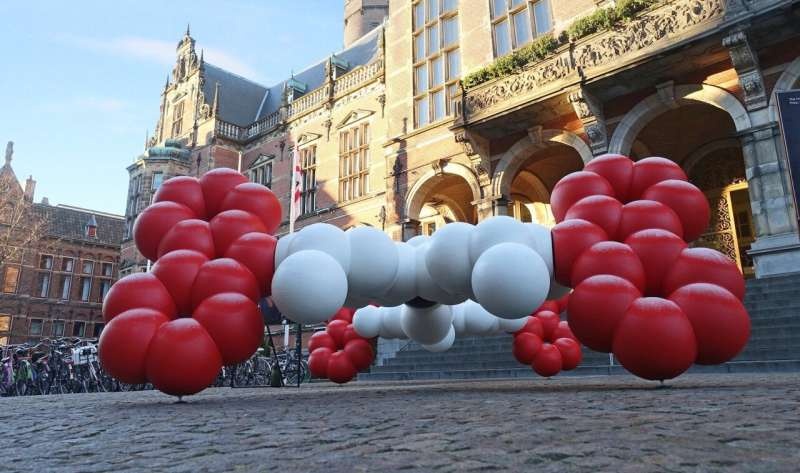Three scientists won this year’s Nobel Prize in Chemistry for years of experimentation that proved we can control chemistry precisely and minimally. Learn how a phenomenal coincidence led to innovations at the forefront of materials science and medicine.

From a Molecular Switch to a Motor
The quest began as a search for molecular-scale switches that would serve as the ones and zeros of digital information. The Dutchman Ben Feringa, professor at the University of Groningen, was dreaming of constructing such microscopic parts and he felt that these tiny electronic devices were the future of computing.
However, things took an unexpected turn when one of Feringa’s postdoctoral researchers, Nagatoshi Koumura, gave a presentation about his research on a “switch” molecule. Instead of alternating between two states, the molecule was rotating in a 360-degree circle. The switch no longer; to the first molecular motor driven by light in history Feringa realised the importance of this accidental finding and rest is history.
The journey from quirky molecules to powerful tools
Swiftly, Feringa and co were alerted to the possibilities of their molecular motor. For the next 25 years they slaved away on said design, iterating to improve rotation speed and efficiency. They even figured out how to use these microscopic devices as miniature forceps, so that they could pick up particles and stick them to surfaces.
Really impressive applications of these molecular motors. In 2006, they used them to spin a glass rod that was 10,000 times bigger than the mechanisms. More impressively, fibers constructed from the motors also acted as artificial muscles they would contract when exposed to light. They have more recently been used to steer the flapping wings of a 3D-printed butterfly and in constructing what’s being called a ‘nanocar’, propelled by electricity produced on the same surface it moves over.
These achievements were honored with the Nobel Prize in Chemistry in 2016 for Feringa and his collaborators, a tribute to the impact of his research.
Conclusion
The Nobel Prize-winning molecular motor is a case study of scientific serendipity and the virtue of keeping an open mind in research. What began as a botched quest to build a molecular switch has supercharged research in fields far beyond materials science, with implications for everything from medicine to the future of nanotechnology. But to quote the man Feringa himself: ‘whilst these molecular machines are not of practical use yet, this is their beginning… The next 25 years will certainly bring revolutionary advances we can presently hardly imagine.
